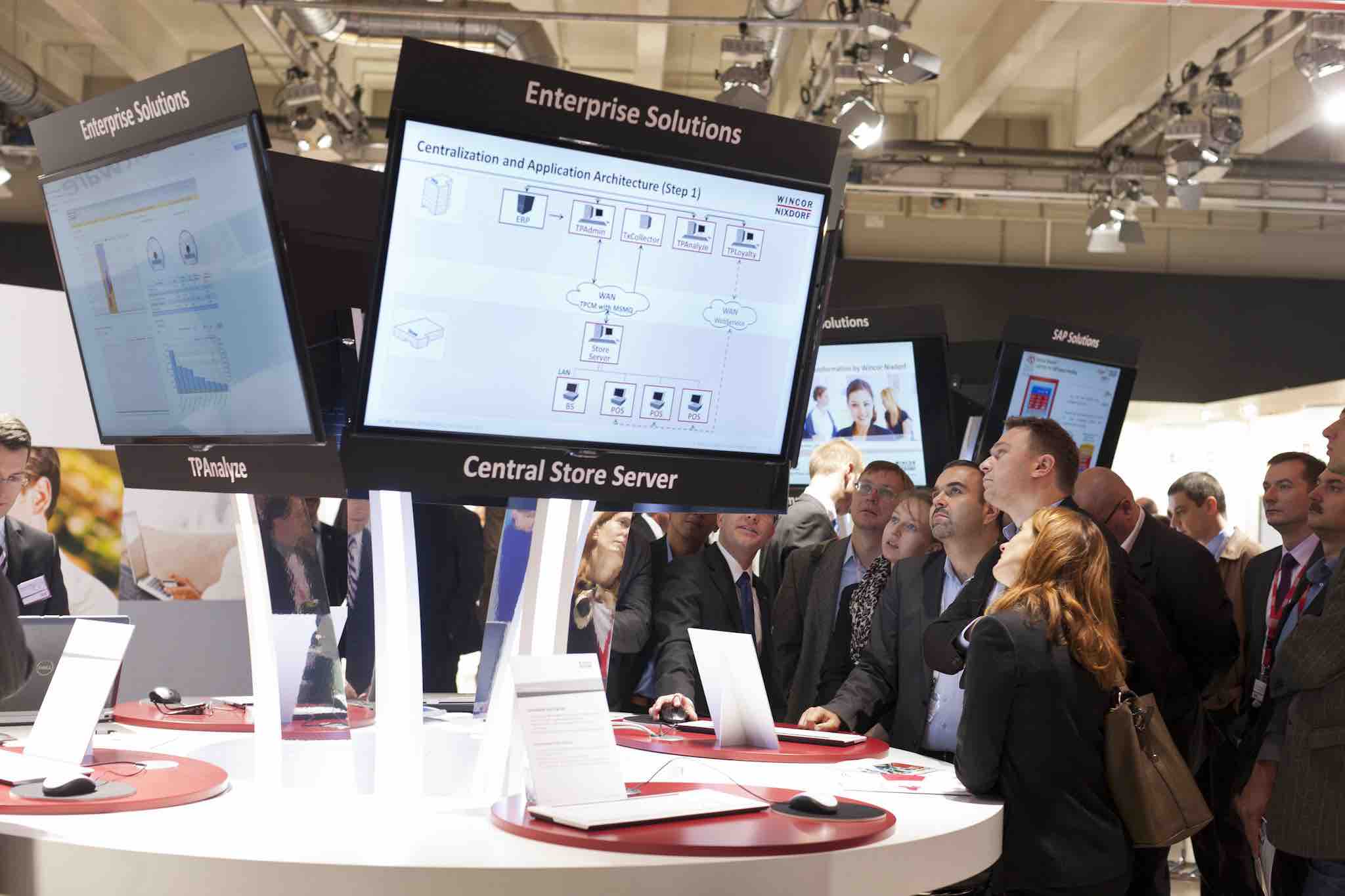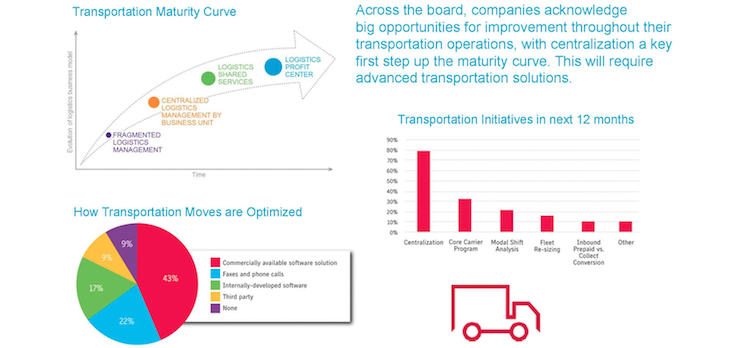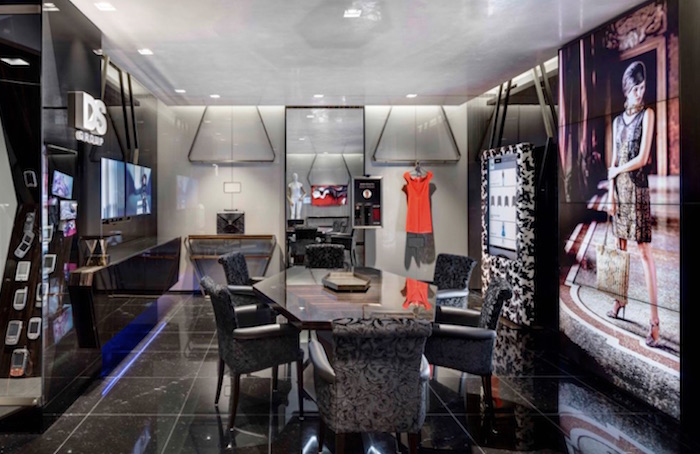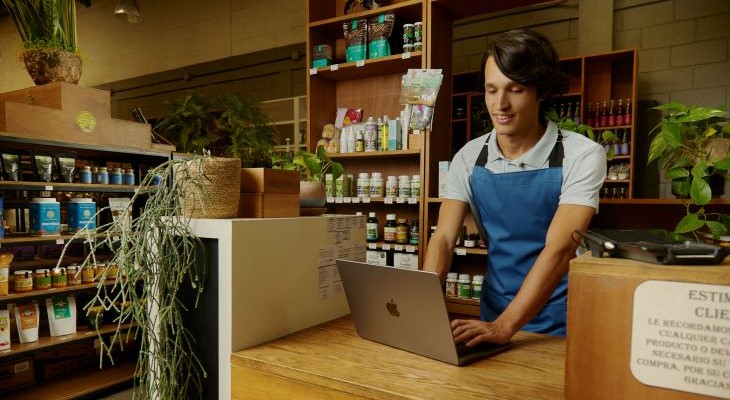The EHI Retail Institute has assigned the Retail Technology Awards Europe to the most innovative retail solutions in four categories: Best Instore Solution, Best Enterprise Solution, Best Customer Experience and, for the first time starting in 2015, Best Multichannel Solution.
This year the awards were presented during EuroCis which took place in Düsseldorf at the end of February.
The prize for Best Multichannel Solution went to the French fashion retailer Kiabi, which operates more than 450 stores in France, Spain, Italy, Portugal, Morocco and Russia. Kiabi positions itself rigorously as a multichannel retailer in order to offer its customers a seamless shopping experience across all its sales channels. For example, customers can visit the company’s bricks-and-mortar stores to collect, exchange, or return items they have ordered in Kiabi’s webshop. They can also order items in the store using a touch terminal installed there. Part of the high-tech shopping experience is the equipment issued to Kiabi employees that allows them to accept customer payments anytime, anywhere.
Wincor Nixdorf is Kiabi’s IT partner for implementing this multichannel project: Its modern retail store software TP.net 4.5 was installed at approximately 3,200 Kiabi POS stations, the retailer’s online and offline worlds were integrated, and all of its requirements for multichannel retail business with regard to functionality, architecture and an international orientation were met. Among other things, a consistent flow of data between sales and merchandise management is secured so that, for example, order processes and item availability can be coordinated across channels.
Moreover, the stationary checkout systems in Kiabi’s stores are connected to a variety of mobile applications on end devices running iOS and Android operating systems, and the integration of POS peripheral devices in mobile processes is ensured.
The category Best Enterprise Solution rewards projects that lead to significant increases in a company’s efficiency through the implementation of innovative systems and technologies. This award was garnered this year by the Edeka Group. As Edeka’s IT subsidiary, Lunar GmbH has taken on the task of optimizing Edeka’s business processes at retail, wholesale and headquarters level, including ensuring effective processes at checkout. Lunar’s IT partner, Wincor Nixdorf, worked closely with Lunar to develop a checkout simulation tool that uses genuine POS data to reconstruct, simulate, and analyze checkout processes in detail on a computer.
All the relevant variables flow into these simulations, from customer structures to volumes of merchandise purchased, scanning processes, and even cash handling. The process enables predictions on the expected capacity utilization of the checkouts, their throughput, and even customer waiting time. Through comparisons of available checkout technologies, (staffed checkout, self-service checkout, mobile checkout or tunnel scanner) it is possible to determine which checkout structures and technologies ensure the most effective checkout processes and support the retailer’s strategy optimally.
The Edeka Group uses this simulation instrument to make informed decisions about checkout equipment for the situation in a specific market.










